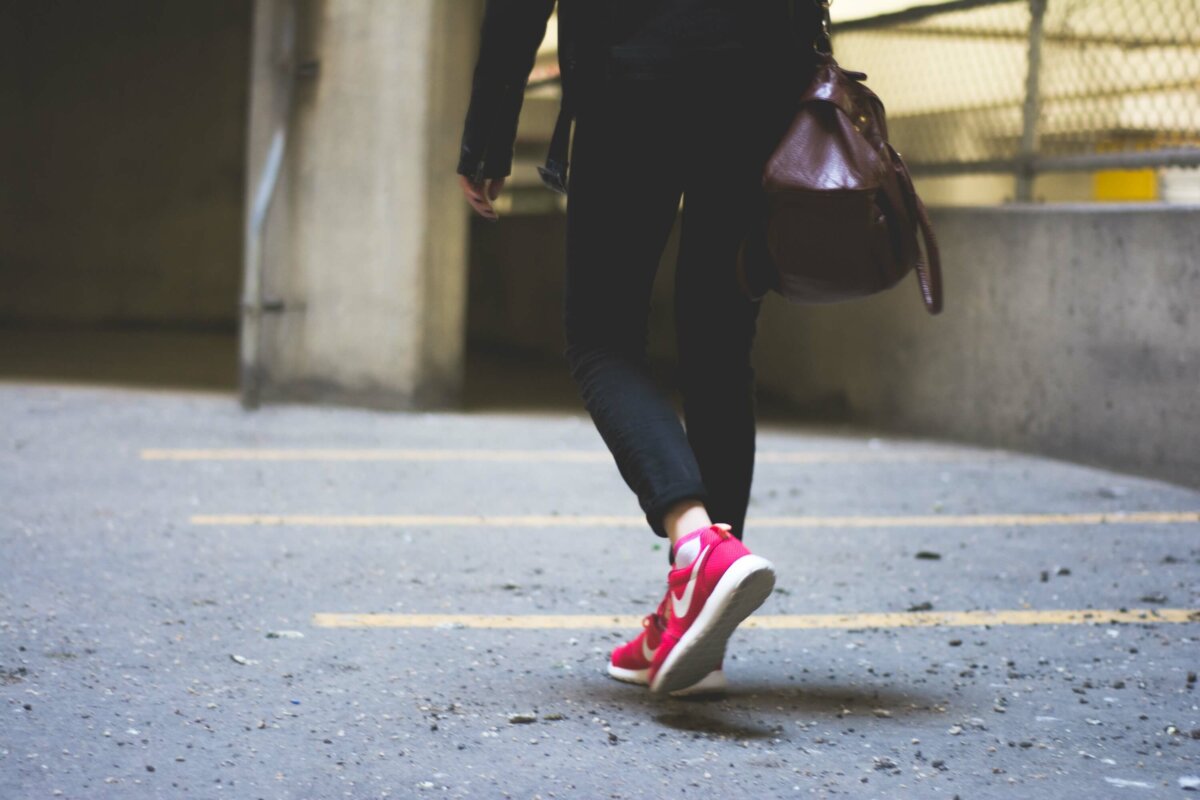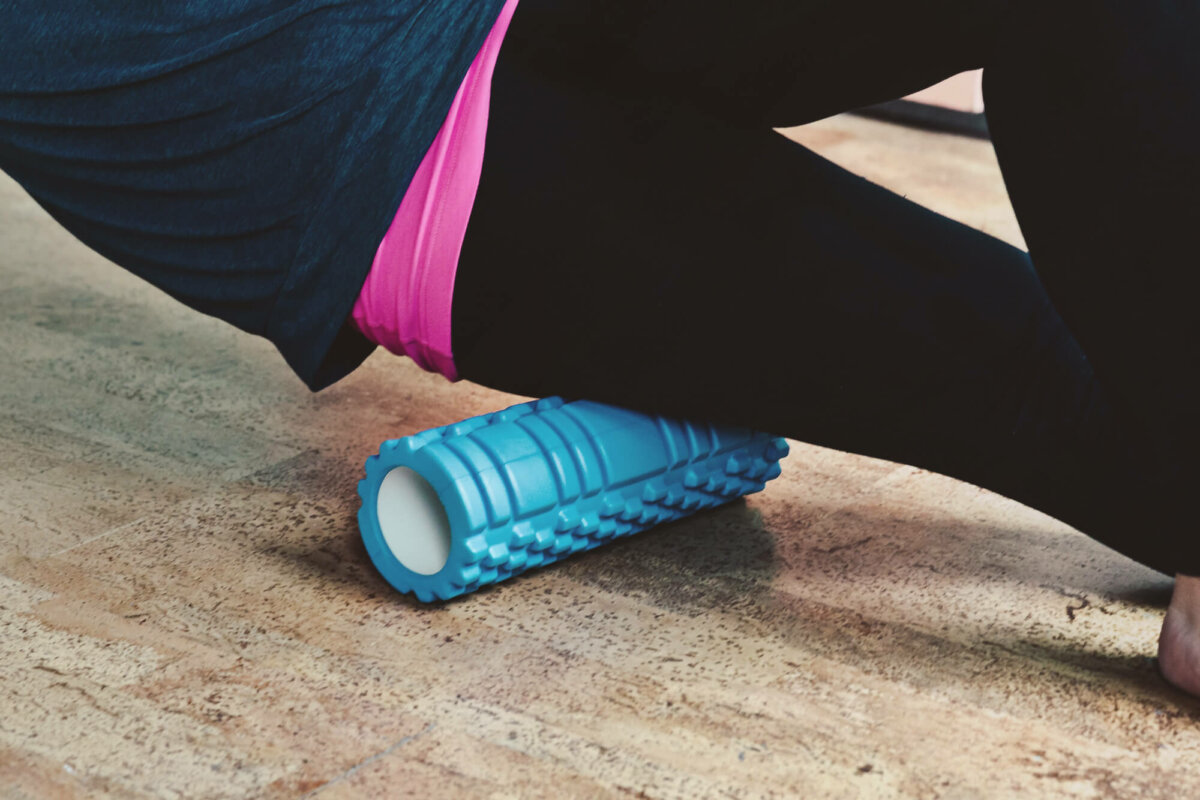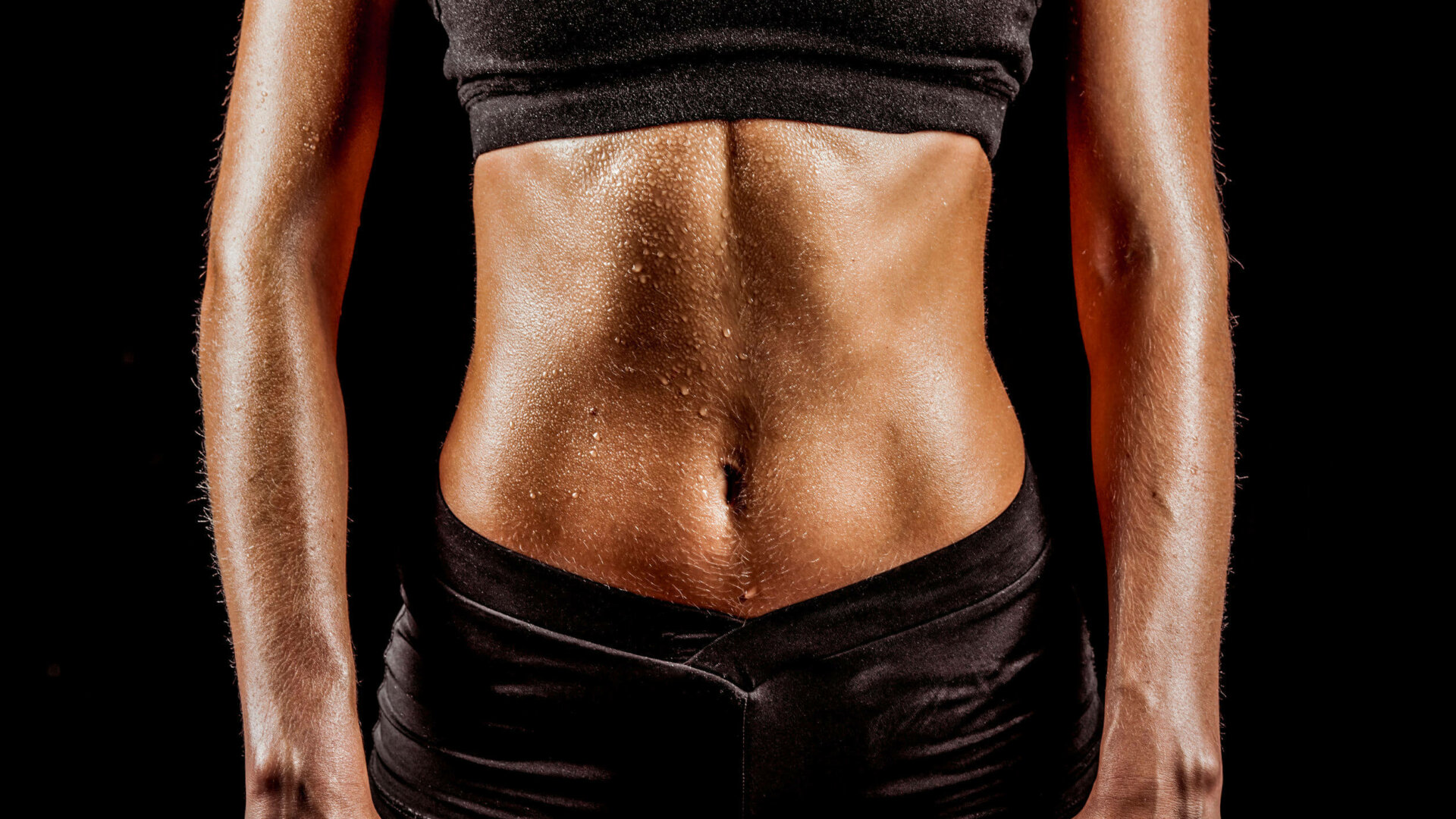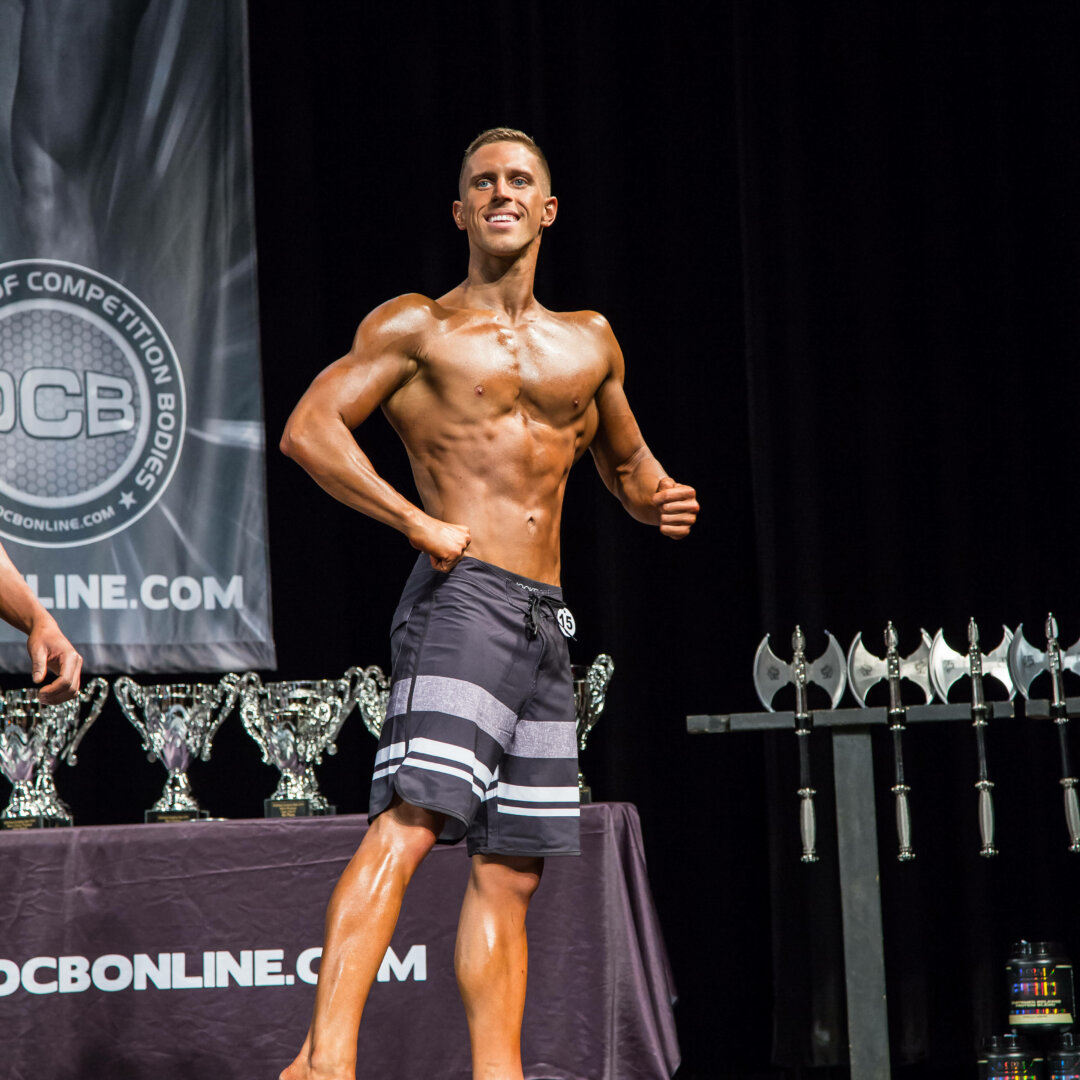There are a ton of recovery tools and techniques available for athletes today. Some are modern day snake oil shrouded in good marketing. Others have some hefty research backing their efficacy, but can come with a hefty price tag to boot. Others are time tested, low cost, and relatively easy to implement any day of the week within our current schedules. Not to mention, they’re some of the most effective available techniques. Sadly, they’re also some of the most underestimated because they don’t have super sexy, elaborate marketing constantly in our face to lure us into their application.
Let’s face it, fitness is a hobby for nearly all of us. A hobby in which we work very hard and are very passionate about, but still a hobby. Sure, we appreciate the health benefits that come with it, but that can often be an ancillary benefit while we mostly focus on maximizing recreational sports performance or aesthetic development.
Like any hobby, it doesn’t likely pay the bills, leaving us constantly evaluating our budget to determine what is and isn’t feasible regarding our training. I can appreciate this in a major way, which is why it was important I team up with BioLayne to provide a reminder, along with supporting research, of some of the most low cost, highly effective recovery techniques we should apply to maximize our performance and recovery, while minimizing our spending.
Proper Periodization
For any of us visiting this website, chances are we train hard, and appreciate the fact we need to consistently push our limits to further develop the strength, size and shape we’re pursuing. As with anything though, too much of a good thing can pretty quickly turn bad. Something I’ve discussed in depth with my Failure is an Option article, training balls to the wall has its benefits, but also several caveats.
If we’re less experienced or running a strategic “intensity block” of training, pushing ourselves to failure can have some benefits. But for those with more experience (~1+ years), we’re continuing to see very credible research supporting the benefits of pushing close, but shy, of failure in most of our weight training sets to achieve consistent progress while better managing fatigue. [1][2]
This matters in the vain of recovery because, sometimes simply not running ourselves into the ground with an all-or-nothing training approach can benefit us more in the long run than training in a way that beats us up to the point we need every recovery technique in the book. If we’re really intent on maximizing recovery, one of the absolute easiest ways to do that is to just be conscious of how we’re adjusting our training variables. Our training is something we’re already doing, virtually a free activity aside from our gym membership fee, and of course the variable that’s contributing to our recovery needs in the first place. Before we call to schedule that cryotherapy or needling session, we may very well benefit from just a smarter approach to our training.

By following a logical periodization model, the periodic changes in relative intensity, rep schemes and exercise movement patterns can go a long way in helping us keep our joints, muscular and neurological systems in an environment they can effectively recover from thereby helping us minimize the need for additional recovery. [3][4]
If these aren’t considerations in your programming, implementing strategies such as deload weeks, rep scheme and exercise variation, and tracking your total training volume (weight x reps x sets) can go a long way in finding the sweet spot for consistent progress with sufficient recovery. I would dare say most can benefit greatly by just being more strategic with our training programming, or prioritizing our sleep better on a consistent basis. Speaking of sleep, that reminds me…
Sufficient Sleep
I know, I know. You’ve heard you need enough sleep since you were a child trying to stay up late on a school night. You didn’t like your mom nagging you about it, and you probably don’t want me nagging you much either. But, I’m going to because I care about you, and I want you to grow up big and strong.
It’s boring, passive, and makes it that much harder to finish the Netflix series we’ve been hammering away at, but for as boring of a strategy as it is, it quite possibly is the easiest, cheapest and most effective strategy we have access to as athletes. Let’s take a moment to really embrace that. It’s totally free, doesn’t require any effort aside from pulling ourselves away from late night Netflix sessions, but has nearly countless benefits. Name another recovery tool that we can say the same thing about. I’ll wait.
It’s easy to overlook, but important to periodically remind ourselves just how many aspects of our lives, much less our training, that consistently sufficient sleep can benefit. Far beyond needing less coffee to wake up in the morning, quality sleep can do wonders for our athletic, and personal life.
Cognitive Performance
For one, as we gain more experience in the weight room, we’re going to undoubtedly be moving some pretty heavy weight. Weight that needs a lot of focus in order to properly execute movements with, and avoid injury while moving. Considering how much simply sleeping enough can benefit our cognitive performance and ability to focus, it’s pretty easy to see how that can help us remain safe and maximize the execution of our particularly demanding workouts. [5] It goes without saying that recovering is a lot easier when we aren’t nursing injuries.
Mood & Mentality
I would dare say a lot of our recovery techniques ultimately boil down to simply feeling ready to train again. Being mentally burned out from the constant pounding of our training can be just as challenging as being physically fatigued. We can confidently point to sleep sufficiency as a major factor in mood regulation, which serves as another reason why enough sleep can help us feel mentally recovered to maintain our training regiment. [6]
Strength Performance
Of a more direct concern for athletes seeking to maximize recovery, we’re also becoming more and more confident that sleep has a major influence on recovery from, and performance in, athletic training and competition. From neurological efficiency to muscular recovery, neglecting sleep can contribute to overtraining symptoms and hinder performance in subsequent training sessions. Leaving us not only limiting the potential of our training sessions, but also less likely to maximize the muscular adaption we could otherwise achieve from those sessions. [7]

I could write an entire article on sleep, and maybe I will, but for now, you understand its importance. Did I mention it’s completely free? I could confidently say that the vast majority of athletes I coach could benefit from improving their sleep schedule before needing to reach for additional recovery tools. Considering doing so can help your mood, performance and general energy from day to day, without a single effect on your monthly budget, it’s a no brainer to ensure it’s maximized first before researching anything else.
Stress Management
Exercise itself is a great stress reliever for most; between having a chance to clear our heads from other stresses and relieve some built up angst, a good workout can do wonders for our mental health. [8] Ironically though, poor stress management outside of exercise can really put a hold on the recovery and progress we can achieve in our training.
Anecdotally, I’ve seen high levels of stress (especially if combined with reduced sleep) stall an athlete’s momentum harder than a bad joke on a first date. On the surface, just the poor ability to deal with other stresses in life can make it especially difficult to remain attentive to our training performance and dietary adherence. We’ve all been there, where simply being overly stressed about something makes us feel physically tired from worry. If we’re consumed with stress, it’s hard to be very enthusiastic about our training.
Below the surface though, chronic stress can also more directly affect our ability to properly recover from training. We’re continuing to see how proper stress management can greatly mitigate otherwise negative effects of stress responses on injury rates, cognitive appraisal and recovery from intense exercise. If we’re not adequately managing the stressors in our life, we can pretty confidently expect it to hinder our mindset toward training, as well as our physical recovery from it. [9][10]
Healthy Habits
Especially for those that don’t necessarily see exercise as a stress relief, and more as a task, finding activities that can be snuck into the week that you actually consider fun, and not related to topics that are stressing you out, can go a long way in better managing stress. As a result, you’ll likely notice an improved energy and recovery from your workouts.
Generally, calm and quiet activities seem to work best for the athletes I’ve helped to improve stress management and the concurrent physiological responses connected to it. Being able to calm our minds and sort of “unpack” the stresses from the week can go a long way in helping us reappraise the situation, and prevent mental and physical burn out. Just some ideas of relaxing activities that are easily implemented but often effective are:
- Quiet walks outdoors
- Calm hobbies like model building, fishing, or reading
- Baths and other self pampering
- Sufficient sleep
- Meditation
You get the idea, just finding something we enjoy, that allows us to disconnect from the ‘noise’ of the day can go a long way in helping us clear our head and return back to our responsibilities better able to evaluate our response, and physically recover from their demands.

Active Recovery
Continuing the theme of “overlooked and underestimated,” active recovery is another tool that requires virtually no financial investment, yet appears to offer solid benefits for athletes. [11] By saying “active recovery” I’m referring to light activity following workouts, or on rest days, that could facilitate blood flow and support better recovery prior to the next, intense training session.
Often times athletes will bring the intensity to their training sessions, but are then sedentary on their programmed rest days. That can be understandable considering how taxing some training blocks can be, and the fact we all like to enjoy some lazy time. However, for those looking to maximize their recovery while minimizing the investment required doing so, fitting in some light activity during rest days may be financially and physically prudent.
The idea behind active recovery is that we’re being active enough to facilitate blood flow, which can help speed the removal of metabolites that accumulate during training. This activity is just intense enough to raise our heart rate and increase blood flow to muscle tissue, but light enough that it doesn’t produce additional fatigue that would otherwise hinder the subsequent training sessions.
It probably goes without saying that, the activity we choose would be dependent on the muscle groups we’re trying to help recover. With that though, for most people I would suggest thinking in terms of physical activity you can easily do around the house or nearby park, that doesn’t require you to make an extra trip all the way to your gym. If we’re trying to maximize recovery with minimal investment, wasting gas for extra trips to the gym makes no sense.
As a perfect example, a study published this year showed some improvements in recovery in athletes that performed light sets of bench press 6 hours and 30 hours after a high intensity bench press session, compared to those that didn’t perform active recovery. [12]
As I mentioned above, doing a similar activity makes sense as we work to enhance blood flow to the muscles we’re trying to better recover. But going all the way to the gym, if you didn’t already have a gym session planned, just for active recovery may not be the best use of your gas or your time. Instead, something as simple as some light bodyweight pushups and band exercises could help you recover a bit more before your next upper body session, without requiring much time commitment.
Likewise, in the days following your leg training sessions, being mindful of your daily step count, and getting in some brisk walks or light bike sessions could help facilitate blood flow and help recovery, without requiring you to hit the gym for ultra light sets of squats and leg press- saving your gas and ego.
Self Massage
It sounds a little pervy, I admit. But I prefer to use the term “self massage” or “foam rolling” than self myofascial release, since it seems to be a bit of a misnomer considering the jury is still out whether SMR actually, significantly affects muscular fascia as opposed to operating more generally, similar to a deep tissue massage. Whether or not fascia is specifically affected by foam rolling/self massage, the research does seem to suggest that it offers beneficial effects on joint ROM and delayed onset muscle soreness for athletes. [13]

As research is becoming more promising, I try to look at self-massage as an at-home alternative to getting an actual massage, rather than focusing on whether or not it directly affects muscle fascia. Anecdotally, I can say myself and others have noticed it to be very helpful in getting knots and kinks out of our backs and necks, which can easily accumulate from working so much at an office desk. Considering I don’t want to drop hundreds of dollars on actual massages each month, investing in a dense roller has allowed me to get out knots before leaving my office for the gym, and more comfortably complete my workouts with sufficient range of motion. Comparatively, when I neglect doing so, or am traveling without access, it’s a lot harder to get everything out of my workouts with painful, inhibiting knots from sitting long periods.
Aside from just helping me loosen up before workouts, research is suggesting that self massage can help improve muscle soreness, presumably by breaking up muscle knots and facilitating blood flow after exercise. [14] Although not free, a quality recovery roller could be a very cheap alternative to deep tissue massage appointments, while appearing to have quite a bit of promise in actually improving recovery rates in athletes.
Conclusion
As many of you can probably relate, I love fitness. I love pushing myself in workouts, and pushing to achieve the best physique I can. However, I also love being able to pay my bills without being stretched to the last dollar. Sometimes that means prioritizing bills and investments over new fitness equipment, despite how alluring their marketing may be. Luckily though, much of the industry is exactly that—just alluring marketing. In the case of recovery, we have some research-backed, easily implemented, low cost options that can go a long way in keeping us recovered and ready to rock and roll from session to session, without leaving our bank accounts at rock bottom.
References
- Izquierdo, M. (2006). Differential effects of strength training leading to failure versus not to failure on hormonal responses, strength, and muscle power gains. Journal of Applied Physiology, 100(5), 1647-1656. doi:10.1152/japplphysiol.01400.2005
- Martorelli, S., Cadore, E. L., Izquierdo, M., Celes, R., Martorelli, A., Cleto, V. A., . . . Bottaro, M. (2017). Strength training with repetitions to failure does not provide additional strength and muscle hypertrophy gains in young women. European Journal of Translational Myology,27(2). doi:10.4081/ejtm.2017.6339
- Benedict, T. (1999). Manipulating Resistance Training Program Variables to Optimize Maximum Strength in Men: A Review. The Journal of Strength and Conditioning Research, 13(3), 289. doi:10.1519/1533-4287(1999)0132.0.co;2
- Chiu, L. Z., & Barnes, J. L. (2003). The Fitness-Fatigue Model Revisited. Strength and Conditioning Journal, 25(6), 42-51. doi:10.1519/00126548-200312000-00007
- Dongen, H. P., Maislin, G., Mullington, J. M., & Dinges, D. F. (2003). The Cumulative Cost of Additional Wakefulness: Dose-Response Effects on Neurobehavioral Functions and Sleep Physiology From Chronic Sleep Restriction and Total Sleep Deprivation. Sleep, 26(2), 117-126. doi:10.1093/sleep/26.2.117
- Drummond, S. (2001). The Effects of Total Sleep Deprivation on Cerebral Responses to Cognitive Performance. Neuropsychopharmacology, 25(5). doi:10.1016/s0893-133x(01)00325-6
- Fullagar, H. H., Skorski, S., Duffield, R., Hammes, D., Coutts, A. J., & Meyer, T. (2014). Sleep and Athletic Performance: The Effects of Sleep Loss on Exercise Performance, and Physiological and Cognitive Responses to Exercise. Sports Medicine, 45(2), 161-186. doi:10.1007/s40279-014-0260-0
- Gr⊘Nningæter, H., Hytten, K., Skauli, G., Christensen, C. C., & Ursin, H. (1992). Improved Health And Coping By Physical Exercise Or Cognitive Behavioral Stress Management Training In A Work Environment. Psychology & Health, 7(2), 147-163. doi:10.1080/08870449208520016
- Perna, F. M., Antoni, M. H., Baum, A., Gordon, P., & Schneiderman, N. (2003). Cognitive behavioral stress management effects on injury and illness among competitive athletes: A Randomized Clinical trial. Annals of Behavioral Medicine, 25(1), 66-73. doi:10.1207/s15324796abm2501_09
- Gaab, J., Blättler, N., Menzi, T., Pabst, B., Stoyer, S., & Ehlert, U. (2003). Randomized controlled evaluation of the effects of cognitive–behavioral stress management on cortisol responses to acute stress in healthy subjects. Psychoneuroendocrinology, 28(6), 767-779. doi:10.1016/s0306-4530(02)00069-0
- Taoutaou, Z., Granier, P., Mercier, B., Mercier, J., Ahmaidi, S., & Prefaut, C. (1996). Lactate kinetics during passive and partially active recovery in endurance and sprint athletes. European Journal of Applied Physiology and Occupational Physiology, 73(5), 465-470. doi:10.1007/bf00334425
- Bartolomei, S., Totti, V., Griggio, F., Malerba, C., Ciacci, S., Semprini, G., & Michele, R. D. (2019). Upper-Body Resistance Exercise Reduces Time to Recover After a High-Volume Bench Press Protocol in Resistance-Trained Men. Journal of Strength and Conditioning Research, 1.
- Beardsley, C., & Škarabot, J. (2015). Effects of self-myofascial release: A systematic review. Journal of Bodywork and Movement Therapies, 19(4), 747-758. doi:10.1016/j.jbmt.2015.08.007
- Is Self Myofascial Release an Effective Preexercise and Recovery Strategy? A Literature Review. (2015). Current Sports Medicine Reports, 14(5), 352. doi:10.1249/jsr.0000000000000182
doi:10.1519/jsc.0000000000002960


